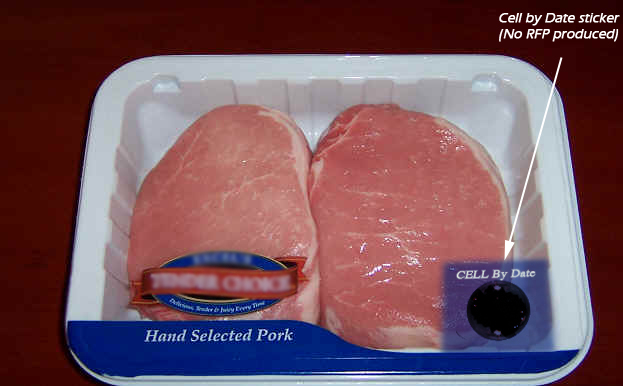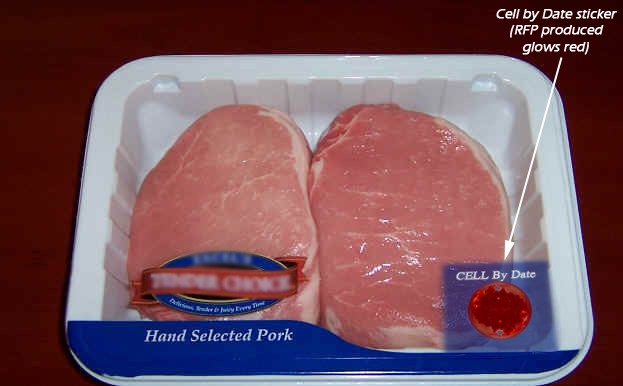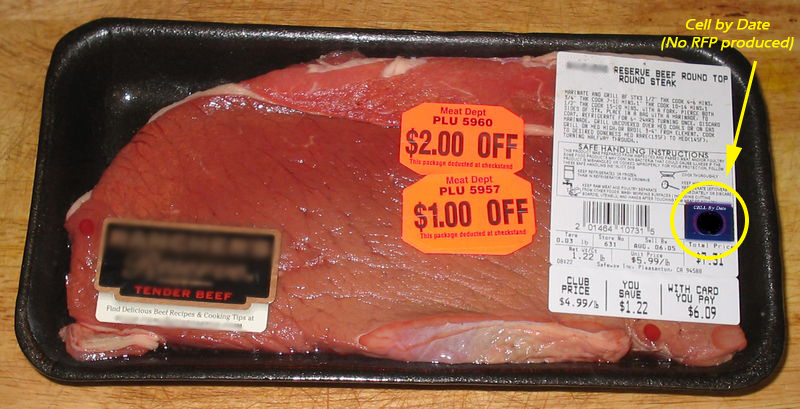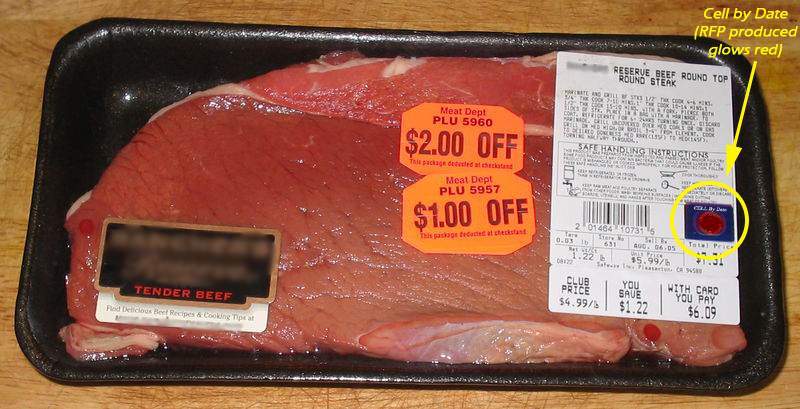Imperial/Cell by Date/Conclusion
From 2007.igem.org
m (→Cell by Date: Conclusion) |
|||
| Line 57: | Line 57: | ||
|} | |} | ||
<br clear="all"> | <br clear="all"> | ||
| - | |||
| - | |||
| - | |||
Cell By Date is a great example of how synthetic biology can be integrated into our daily lives. When fully developed it can mimic the function of inducstrial level devices in the food industry at a fraction of the cost. Being a reporter of a break in the cold chain, CBD, can inform the end consumer whether the product he is buying has been exposed to abnormal storage conditions. | Cell By Date is a great example of how synthetic biology can be integrated into our daily lives. When fully developed it can mimic the function of inducstrial level devices in the food industry at a fraction of the cost. Being a reporter of a break in the cold chain, CBD, can inform the end consumer whether the product he is buying has been exposed to abnormal storage conditions. | ||
Revision as of 21:44, 26 October 2007

Cell by Date: Conclusion
| Inputs | 4°C shows negligible activity while 37°C shows highest fluorescence | |
| The system responded to stepping of temperature up and down | ||
| Outputs | Future work- DSred Express can be substituted for GFPmut3b | |
| Activation Energy | No activation energy of system was calculated to be 1.5kJ/mol | |
| Health Regulations | ||
| Response Time | Yes system increases significantly after 1 hour | |
| Lifespan | Not Determined- Packaging method that prevents evaporation |
Cell By Date is a great example of how synthetic biology can be integrated into our daily lives. When fully developed it can mimic the function of inducstrial level devices in the food industry at a fraction of the cost. Being a reporter of a break in the cold chain, CBD, can inform the end consumer whether the product he is buying has been exposed to abnormal storage conditions.
This is best explained with an example. Imagine your local supermarket expecting a delivery of frozen lamb steaks. The delivery van arrives, the goods are unloaded and placed on the shelves awaiting for their first victim to arrive. Victim because what the supermarket manager and the end consumer are not aware of is that during their transport the van fridge broke down and thus the steaks were defrosted. The vab driver however fixed the fault, refroze the meat and told nothing upon his arrival to the supermarket. The whole incident will be kept under cover until the first cases of food poisoning arise from the comprimised lamb meat.
This is were CBD comes in handy. By embedding a sticker of CBD on packaged goods, the consumer can check at any time whether the product quality has been comprimised by exposure to ubnormally high temperatures. Just a glance at the sticker and its bright fluorescent colour will inform the buyer of a potential risk. That is if the quality control expert of the supermarket does not spot it first.
Even though not fully characterised, promising progress has been made and shows that even without tweaking the initial design, Cell by Date has a great potential just waiting to be exploited.
Future Work
Extending the life of the reaction
A major constrain of CBD is its short lifetime. The cell-free extract used currently can only support it for a maximum of a few days or for the production of 12mg of protein whichever comes first. A good amount of research can go into developing cell extract that can be stored at various temperatures for months and yet have a good performance and produce a fai amount of protein. The more fluorescent protein produced the better the visible signal CBD will provide.
Packaging
Being cell-free, Cell by Date, makes it easier to be embedded on food packaging. This calls for an efficient packaging method that is transparent (for the person to be able to see the fluorescent protein) but also well isolated from the actual food source (to avoid contamination). There are also 2 important factors that need to be taken into consideration. The first is the fact that the cell extract requires oxygen for the reaction to occur. What is not known is how much is needed. This raises the issue whether sealing CBD in a package with limited oxygen will prevent the reaction from occuring. The other factor is evaporation. The smaller the sample tested, the more the evaporation there was and the quicker the reaction mixture vanished. The packaging must therefore sustain the volume of the reaction for the lifespan of the food product.



